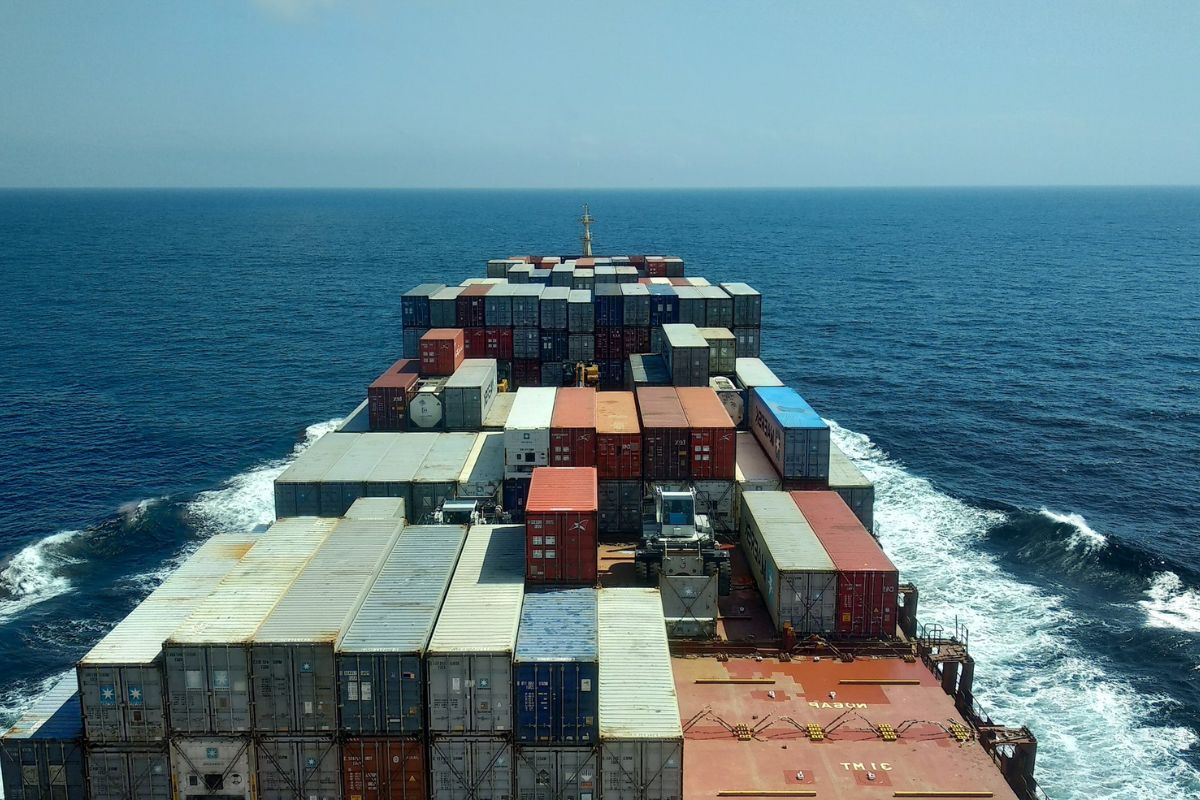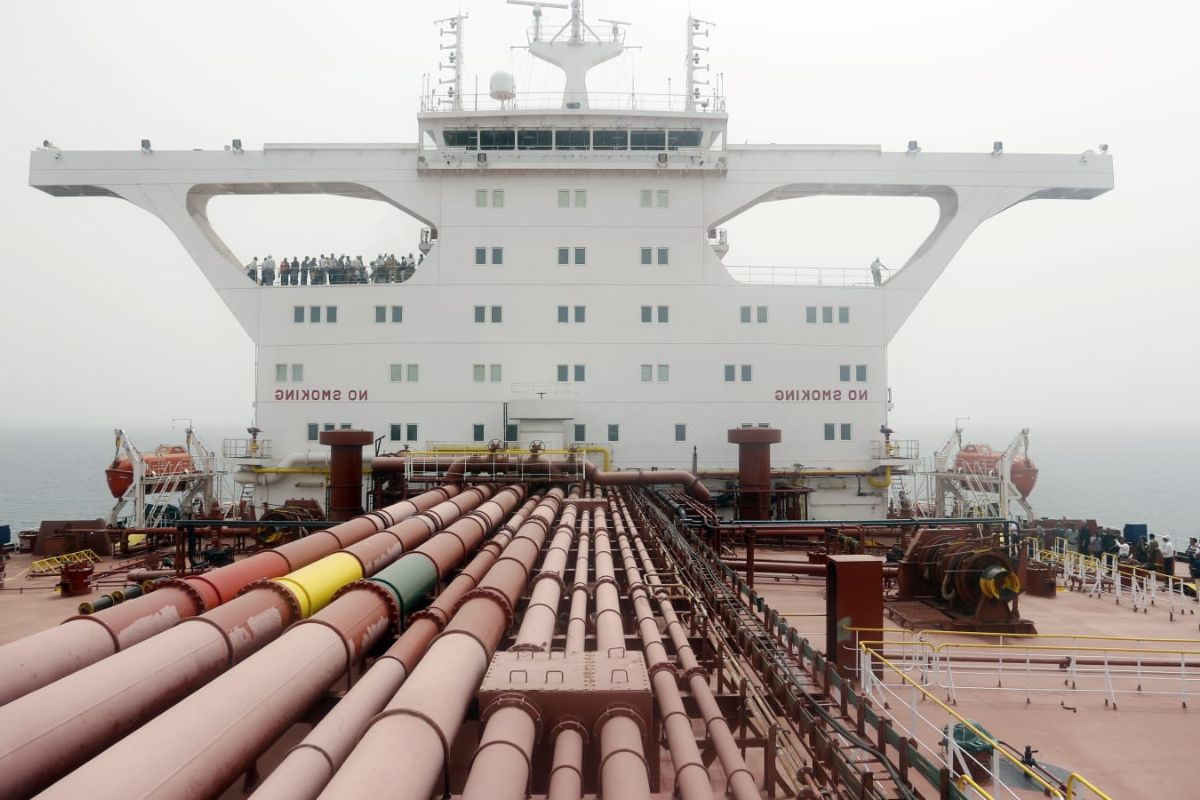European and US Retailers: As global supply chain disruptions continue to wreak havoc on the retail sector, European and US retailers are faced with a daunting challenge: how to navigate the treacherous waters of the Red Sea without passing the mounting costs onto consumers.
In a world where e-commerce giants are intensifying competition and inflationary pressures are on the rise, retailers find themselves at a crossroads. Do they absorb the higher transport costs and risk shrinking profit margins, or do they pass the burden onto consumers and risk alienating their customer base?
It’s a strategic decision that requires careful consideration and adaptive measures. From exploring alternative shipping routes to implementing discounting strategies, retailers are searching for innovative ways to stay afloat in this turbulent sea.
But perhaps the most intriguing aspect of this dilemma lies in the potential shift towards nearshoring, as retailers balance the costs of production with consumer willingness to pay.
In this discussion, we will delve into the challenges and opportunities that European and US retailers face as they navigate the Red Sea disruptions, all while striving to maintain their competitive edge and profitability.
Key Takeaways
- European and US retailers are facing significant supply chain disruptions due to shipping delays and increased transport costs resulting from rerouted cargo ships in the Red Sea.
- Retailers are under financial strain and experiencing logistical challenges as a ripple effect of these disruptions, necessitating the need for quick solutions and alternative routes.
- Balancing competitive prices and meeting customer demands is a crucial challenge for retailers in light of these disruptions and increased competition from e-commerce giants like Shein and Temu.
- Retailers are exploring alternative shipping routes, evaluating the feasibility of air freight, reevaluating discounting strategies, and adopting omnichannel approaches to navigate the disruptions effectively.
Also Read: Market Moves Unveiled: Japan’s Inflation, Central Bank Chess, and the Black Friday Litmus Test
The retail sector faces an arduous task of navigating the challenges presented by global supply chain disruptions. These disruptions include shipping delays and increased transport costs as retailers in Europe and the U.S. grapple with the impact of rerouted cargo ships from the Red Sea.
These disruptions have created a ripple effect throughout the retail industry, causing significant financial strain and logistical nightmares for businesses. With supply chains being the lifeline of any retail operation, these disruptions have put retailers in a precarious position. They have limited financial flexibility to find quick solutions like air freight.
As a result, retailers are left with no choice but to find alternative routes, renegotiate contracts, and absorb the additional costs. They must do all this while trying to maintain competitive prices and meet customer demands. It is a delicate balancing act that requires strategic planning and resourceful decision-making to survive in this challenging environment.
E-commerce Giants Intensify Competition: Streamlining Supply Chains in Response
E-commerce giants in China are igniting fierce competition in the retail sector, prompting retailers to swiftly streamline their supply chains to maintain profitability and stay ahead in the game. The rise of Shein and Temu, among others, has disrupted traditional retail models by delivering low-priced goods to Western markets.
To compete with these giants and meet the demands of today’s consumers, retailers must adapt and optimize their supply chains. Here are four key steps they should consider:
- Embrace technology: Retailers should leverage advanced technologies like artificial intelligence and automation to optimize their supply chain operations and improve efficiency.
- Enhance visibility: By implementing real-time tracking and monitoring systems, retailers can gain better visibility into their supply chains, enabling them to identify bottlenecks and make informed decisions.
- Collaboration is key: Retailers should foster strong partnerships with suppliers, logistics providers, and other stakeholders to create a seamless and agile supply chain network.
- Focus on sustainability: In addition to streamlining operations, retailers should prioritize sustainability by adopting eco-friendly practices, reducing waste, and optimizing transportation routes to minimize their carbon footprint.
Absorbing Higher Transport Costs: A Strategic Decision Amid Inflation Pressures
As retailers grapple with the challenges posed by e-commerce giants and the need to streamline their supply chains, another pressing issue emerges: the strategic decision to absorb higher transport costs amidst inflation pressures.
Inflation pressures lead shoppers to cut back on spending, prompting retailers to focus on cost reduction rather than passing on higher transport costs to consumers. This strategic decision is a delicate balancing act for retailers. On one hand, they must contend with rising costs and the need to maintain profitability. On the other hand, they face the risk of alienating price-sensitive consumers who may choose to shop elsewhere if prices rise.
Absorbing higher transport costs demonstrates a commitment to customer satisfaction and loyalty, but it also puts pressure on retailers to find alternative ways to offset these expenses. Ultimately, the ability to absorb higher transport costs without passing them onto consumers is a strategic decision that requires careful consideration and innovative solutions.
Alternative Shipping Routes and Discounting Strategies: Retailers’ Adaptive Measures
Retailers are finding innovative ways to adapt to disruptions in shipping routes and adjust their discounting strategies to navigate the challenges posed by inflation pressures and e-commerce giants. Here are four adaptive measures that retailers are implementing:
- Exploring alternative shipping routes: Some fashion retailers are turning to alternative shipping routes, such as sea-air freight via Dubai, to manage delays caused by the disruptions in the Red Sea. However, this solution may not be economically viable for all companies.
- Evaluating the feasibility of air freight: While sea-air freight may work for some retailers, others like Primark find air freight to be economically unviable. Retailers need to carefully consider the costs and benefits of using air freight as an alternative shipping method.
- Adjusting discounting strategies: Retailers are reevaluating their discounting strategies to strike a balance between attracting customers and maintaining profitability. In the US, there has been a decrease in average discounts in January compared to the previous year.
- Embracing omnichannel strategies: To compete with e-commerce giants, retailers are adopting omnichannel strategies that seamlessly integrate online and offline sales channels. This allows them to leverage their physical stores while also catering to the growing demand for online shopping.
Nearshoring Considerations: Balancing Costs and Consumer Willingness to Pay
The delicate decision-making process of nearshoring considerations involves striking a careful balance between higher manufacturing costs in regions like Europe and the desire to source closer to markets, all while taking into account consumer willingness to pay.
European and US retailers are grappling with this challenge as they navigate disruptions in the Red Sea without passing on the costs to consumers.
Nearshoring, the practice of moving production closer to the target market, offers several advantages, including shorter lead times and improved supply chain resilience. However, it often comes with higher manufacturing costs, which can be a deterrent for retailers already facing margin pressures.
Additionally, consumer willingness to pay plays a crucial role in determining the feasibility of nearshoring strategies. Retailers must carefully analyze market dynamics and consumer behavior, ensuring that the potential benefits of nearshoring outweigh the increased costs and resonate with their target audience.
Conclusion Of European and US Retailers
Retailers in Europe and the US have successfully navigated supply chain disruptions without passing costs to consumers.
By streamlining supply chains, absorbing higher transport costs strategically, implementing alternative shipping routes and discounting strategies, and considering nearshoring options, retailers have shown adaptability and resilience in the face of challenges.
This demonstrates their commitment to maintaining competitive prices while also ensuring customer satisfaction.




